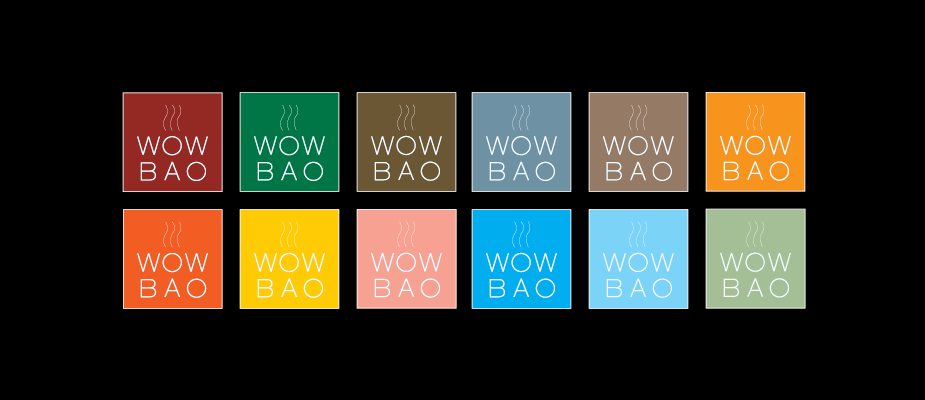Say one thing—loud and clear
Strategy begins when designers surface what’s essential—and let it drive every choice.
In the test kitchen of Lettuce Entertain You Enterprises (LEYE) in Chicago, a group of leaders—chefs, managers, and entrepreneurs—gathered to taste potential dishes for a new Asian restaurant.
“Maybe” mixed with “No” repeatedly—until one strong “Yes” vote emerged.
One dish—a Hong Kong-style bao—drew unexpected attention.
For Rich Melman, the founder of LEYE, the bao was so distinctive and memorable that it didn’t belong in a lineup of other dishes.
It shouldn’t be an addition to the menu—it should become its own restaurant.
That single decision—to build everything around one powerful idea—inspired the successful Wow Bao brand.
Commit to the one thing that matters most.
Rich’s decision reveals an important insight I’ve seen again and again in brand identity work:
What sets a brand apart is rarely a broad set of attributes. It’s often one sharp, ownable idea—a commitment to the one thing that matters most.

The designer’s job is not to decorate around the main idea—it’s to build from it.
As a designer, don’t focus on what you’re told about products, features, and benefits.
Use that information as a foundation.
Then, listen carefully. Watch closely. Notice where the energy lives in the business.
That’s where you find the unique, central idea you can build from and amplify.
In this case, it was the bao right in front of us—steaming and delicious.
The leap Rich made wasn’t in identifying the bao as unique—it was in committing to it. That decision—to elevate one idea instead of hedging across many—gave the entire brand its shape.
The name, the language, the design system, the packaging—all of the elements we designed drew strength from that single, central idea.
That’s where design becomes strategy.
Your job is not to invent meaning. It’s to unearth—and sharpen—it.
Not every leader is as clear and willing to commit to one idea as Rich Melman was with Wow Bao.
Designers are often brought in when a company is growing, shifting, or launching something new. Leaders know they have outgrown their origin story, and their message is getting muddled.
But it’s hard for leaders immersed in the daily demands of their business to see the one idea that truly sets them apart. It’s even harder to let go of secondary ideas.
That clarity—the kind that shaped Wow Bao—is what my partner and I at LOWERCASE help businesses find.
As strategists, we don’t chase cleverness or what’s trendy.
Instead, we listen for what this business can say or do that no one else can.
We go beyond the visual brief to listen for what’s truly essential to the business or experience—to find the idea that has the strength to carry the rest.

Brands don’t blur from a lack of opportunity. They blur from a lack of focus.
The hardest part after you help your client find their center is to help them stay true to it, especially as the company grows.
Success brings pressure to expand, to please new audiences, to diversify the message.
The strongest identities I’ve built aren’t the ones with the most features. They’re the ones where every element works together—verbally, visually, and experientially—to amplify one thing the company does uncommonly well.
Every creative decision—typography, tone, name, environment—reinforces the center.
Subtract anything that competes with it.
Clarity makes everything easier—aligning teams, sharpening decision-making, and creating the kind of brand memory that becomes an asset in competitive markets.

The bao wasn’t a dish—it was a signal.
The bao pointed to a distinctive idea with enough strength to carry the entire experience.
As designers, our job is to recognize that signal—and amplify it.
Great identity work doesn’t try to be and do everything. It makes one compelling idea unforgettable.
And if you’re a designer, this is where your real value lies—not in decoration, but in discernment.
Remove distractions so that what remains can do the real work of connecting.

Stay true to the one thing.
You’ve helped your client unearth and amplify what matters most. Now what?
It’s your job to help protect it.
Growth brings noise. Feedback brings clutter. Don’t let the work drift. Keep pulling it back to the thing that makes it unforgettable.
That’s how designers move from makers to meaning-makers.
Strategy isn’t about saying more over time.
It’s about helping clients say the one thing that only they can say—loud and clear.







